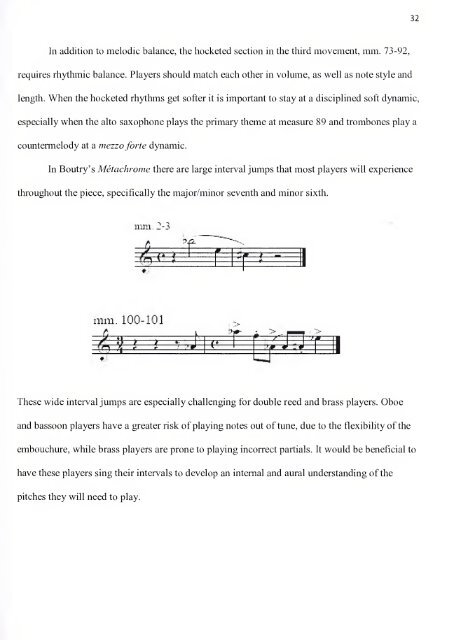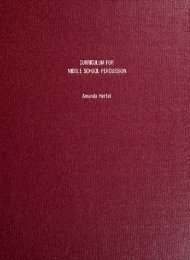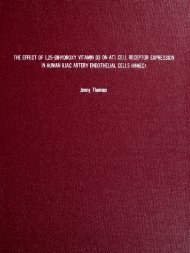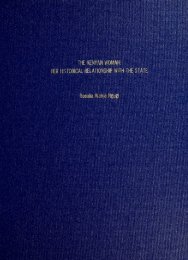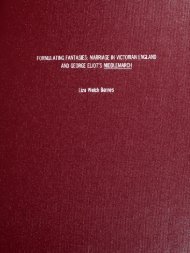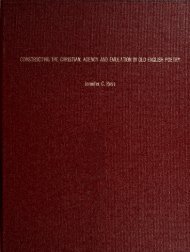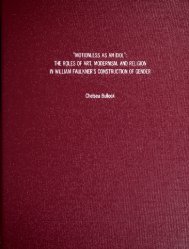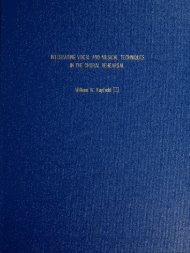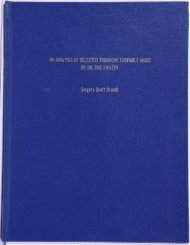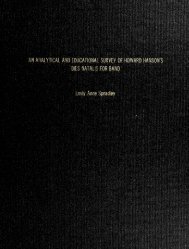An Analytical and Educational Survey of Roger Boutry's Mtachrome
An Analytical and Educational Survey of Roger Boutry's Mtachrome
An Analytical and Educational Survey of Roger Boutry's Mtachrome
You also want an ePaper? Increase the reach of your titles
YUMPU automatically turns print PDFs into web optimized ePapers that Google loves.
32In addition to melodic balance, the hocketed section in the third movement, mm. 73-92,requires rhythmic balance. Players should match each other in volume, as well as note style <strong>and</strong>length. When the hocketed rhythms get s<strong>of</strong>ter it is important to stay at a disciplined s<strong>of</strong>t dynamic,especially when the alto saxophone plays the primary theme at measure 89 <strong>and</strong> trombones play acountermelody at a mezzo forte dynamic.In <strong>Boutry's</strong> Metachrome there are large interval jumps that most players will experiencethroughout the piece, specifically the major/minor seventh <strong>and</strong> minor sixth.mm. 2-3^?rF = Fr i- -iimm. 100-101These wide interval jumps are especially challenging for double reed <strong>and</strong> brass players. Oboe<strong>and</strong> bassoon players have a greater risk <strong>of</strong> playing notes out <strong>of</strong> tune, due to the flexibility <strong>of</strong> theembouchure, while brass players are prone to playing incorrect partials. It would be beneficial tohave these players sing their intervals to develop an internal <strong>and</strong> aural underst<strong>and</strong>ing <strong>of</strong> thepitches they will need to play.


